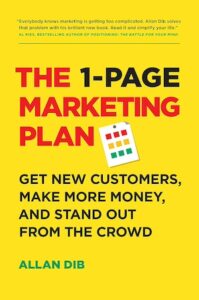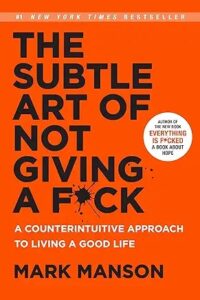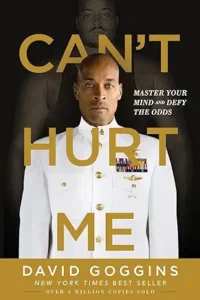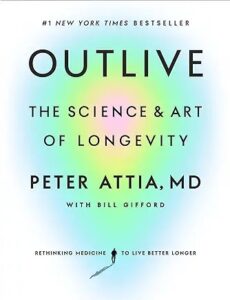How to Win Friends & Influence People by Dale Carnegie
How to Change People’s Minds Without Giving Offense
How to Win Friends & Influence People is a self-help book written by Dale Carnegie, first published in 1936. Over 30 million copies have been sold worldwide, making it one of the best-selling books of all time.
The book is divided into four parts:
- Fundamental Techniques in Handling People
- Six Ways to Make People Like You
- How to Win People to Your Way of Thinking
- Be a Leader: How to Change People Without Giving Offense or Arousing Resentment
In the first part, Carnegie discusses the importance of being genuinely interested in others, remembering names, being a good listener, and avoiding arguments. He also emphasizes the importance of being positive and enthusiastic.
In the second part, Carnegie provides six specific ways to make people like you:
- Be genuinely interested in other people.
- Smile.
- Remember names.
- Be a good listener.
- Talk in terms of the other person’s interests.
- Make the other person feel important.
In the third part, Carnegie discusses how to win people to your way of thinking. He emphasizes the importance of avoiding arguments, showing respect for the other person’s opinions, and getting the other person to say “yes” early and often.
In the fourth part, Carnegie discusses how to change people without giving offense or arousing resentment. He emphasizes the importance of understanding the other person’s point of view, appealing to their emotions, and using humor.
How to Win Friends & Influence People is a classic self-help book that has helped millions of people improve their relationships and achieve success in their personal and professional lives. The book’s principles are timeless and can be applied to any situation.
Here are some of the key takeaways from the book:
- Be genuinely interested in others. This is the most important principle in the book. When you are genuinely interested in others, they will be more likely to be interested in you.
- Smile. A smile is a powerful tool that can make you more approachable and likable.
- Remember names. People appreciate it when you remember their names. It shows that you are paying attention to them.
- Be a good listener. People are more likely to be persuaded by you if they feel like you are listening to them.
- Talk in terms of the other person’s interests. People are more likely to be interested in what you have to say if you talk about things that they are interested in.
- Make the other person feel important. People want to feel important. When you make them feel important, they will be more likely to like you and want to do things for you.
- Avoid arguments. Arguments rarely solve anything. Instead, focus on finding common ground and building rapport.
- Show respect for the other person’s opinions. Even if you disagree with someone, you can still respect their opinion.
- Get the other person to say “yes” early and often. This will make them more likely to agree with you in the end.
- Understand the other person’s point of view. Before you try to change someone’s mind, try to understand their point of view. This will help you to frame your argument in a way that is more likely to be persuasive.
- Appeal to their emotions. People are more likely to be persuaded by arguments that appeal to their emotions.
- Use humor. Humor can be a powerful tool for persuasion. It can help to break the ice, build rapport, and make your arguments more memorable.
How to Win Friends & Influence People is a valuable resource for anyone who wants to improve their relationships and achieve success in their personal and professional lives. The book’s principles are timeless and can be applied to any situation.










